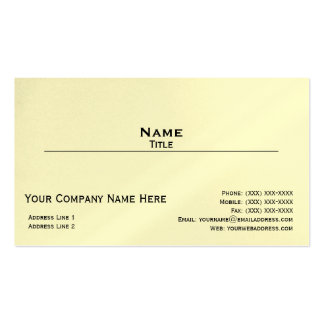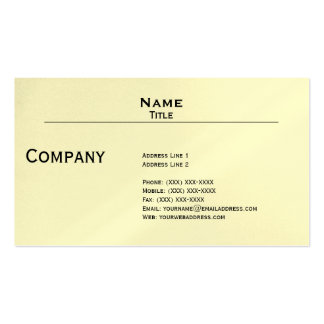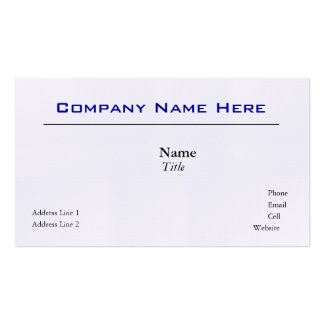You create content so that people will read it. Regardless of your ultimate motive – to drive conversions, to attract attention or to generate interest in a specific subject – it all starts with reaching the maximum number of readers in the most efficient way possible.
With this in mind, you’ve probably turned to social media. You’ve built a following and spend time engaging your followers. However, if the content that you’re creating isn’t sharable, your reach is limited to your existing followers. If your goal is to improve your online reach, you must put effort into creating sharable content. Not sure where to start? Keep reading.
Why Content Sharing Matters in the First Place
Your ability to reach target customers is limited to email databases, to past customers and to social media followers. It’s also limited by budgetary constraints; yes, you can pay to be displayed to a large network, but only if you can afford it.
Sharing takes this dated view of marketing and flips it around. It makes it possible for your brand to be displayed to an infinite number of readers without stretching your budget or working tirelessly to increase online followings.
To understand how valuable sharing is for your business, it’s important to check out a few statistics. According to The State of Social Sharing, social media sharing is second only
to strong content in terms of increasing search engine rankings.
Furthermore:
- 46% of adults who use social media networks share or repost statuses on a daily basis.
- Up to 80% of content on some networks – like Pinterest – is reposted, or shared.
- 700 YouTube videos are shared on Twitter every minute.
- The +1 button on Google+ is used 5 billion times every day.
What Makes People Share Content?
Content is shared constantly. Great. But, as a brand, unless you understand why that content is shared, or what makes certain people more likely to share certain pieces of content, your reach will remain limited.
According to an article published by the Association for Psychological Science, the following motivators are factors in content that is shared:
- People are more likely to share positive articles than negative pieces.
- If something creates a feeling of “awe” it’s likely to be shared.
- Social media users are on the lookout for emotional connections. If a piece of content contributes to this sort of connection, it’s likely to be shared.
- If an article relates closely to how an individual feels defined, or what he or she believes in, it’s likely to be shared.
- Shock appeal matters. If something will elicit a strong reaction – negative or positive – it’s more likely to be shared than an article that does not elicit such a reaction.
ow to Make Your Content More Sharable
You understand the prominence of social sharing in our society and now you have more of an idea of what makes certain articles more likely to be shared than others. What do you do with this information? How do you move forward by creating sharable content on a regular basis? Follow the tips below for measurable, positive outcomes.
1. Inject Some Personality
You want your social media followers and those new to your brand to understand what drives you in the hopes that that driver will also motivate them to action. The goal here is to become relatable. If customers can feel as though they are able to “get to know” you and your personality through the content you create, they’re more likely to be drawn to your content, to relate and
to share. Insert personal opinions, make strong statements and write like you talk for best results.
2. Be Consistent
Your personality shouldn’t change from one piece to another. If you’d like to add variety, add a second author. However, when writing from your own perspective on your brand’s page, maintain consistency. Readers begin to rely on a certain style when reading your posts, it’s what makes them feel safer in sharing the content you create. To focus on consistency, create a style guide for yourself. Write down certain phrases that are okay, certain words and formats to avoid and word choices in describing specific actions, products or other jargon that make you sound like yourself.
3. Tell a Story
Who doesn’t love a great story? Why not use your blog to tell one? Write about a customer’s experience, create a monthly team member spotlight or tell about how a certain group is using your brand’s product to make a difference. The options are endless; however, if you’re able to use your blog to tell a story, you’re more likely to allow customers to feel a connection, a connection they’re likely to share.
4. Consider Shock
This one is tricky. However, the article mentioned previously makes it clear that when something is likely to elicit opinions – negative or positive – readers might be more prone to sharing it. Consider your brand and think about topics that you’re passionate about. Be careful, if your “shock value” is too strong or too negative, it could work against you. Try starting small and writing about a more insignificant topic to test the waters. Watch how your followers react and try again in the future.
5. Create Something New
No one wants to read the same story 10 times. It gets boring; reading the same facts with the same view over and over is old news. Old news doesn’t get shared. New news, on the other hand, can spread like wildfire online. Consider investing in a customer survey or third party group to collect data. Ask questions about how your products are being used, find out more about your target market and their interests, look for new patterns and pieces of information. Then, create content accordingly. When you have something new to say, you will have an audience of potential readers that are willing to take the time to digest that information and to share it with their own networks.
6. Write for Your Followers
If you’re not taking the time to learn from your existing followers, you’re missing out. Use your social channels to ask questions and start discussions. Ask your followers what they’re interested in and what answers you can provide. Then, create content tailored to those answers. The more relevant your article is to your reader base, the more likely they are to share it with those around them. They’ll also feel more like they are part of the process, which is never a bad thing.
Understanding what makes content sharable and why it is important to your business is the first step toward actually creating sharable content. Ready to take a stab at it? Follow the tactics above and try out your own methods to find what works. Remember, if it can’t be shared, it’s probably not worth your time.








No comments:
Post a Comment